Science knows the causes of autism and the ways of its treatment. The only cure for this disorder is the love and care of the parents of a particular child.
Contents
- Forms and degrees of autism in children
- How to recognize autism in a child? Behavior of a child with autism
- Signs of autism
- Video: Autism. One day of another life
- Symptoms of autism in children under 3 years old
- Video: Autism. Manifestations of
- Diagnosis of autism in children
- Features of developing children with autism
- Teaching and nurturing a child with autism
- Autism in adolescence
- Rehabilitation of children with autism. Is childhood autism treated?
- How to raise a child, a patient with autism: advice and feedback
- Video: Autism in children. Komarovsky
Autism is a disorder of the nervous system that arises from the atypical development of the brain. This disturbance is characterized by problems in interaction with surrounding people, reduced interest in the environment in which the child lives and constant stereotypical actions that can manifest themselves in ordering toys in a certain sequence or performing similar manipulations with them.
If your child has been diagnosed with autism or an autism spectrum disorder, do not despair, because your child is not worse than others, it is just special and needs more care and love than others.
Forms and degrees of autism in children
Depending on the degree of the disorder, a set of measures is determined, with the help of which the child is adapted to independence and life in society. The following groups of autism stand out:
- The first group of is the most serious degree of the disorder, which is characterized by complete isolation of the child in his inner world, absence of any external reactions, facial expressions, gestures. Such children do not talk and do not respond to their name, they do not react at all to the world around them. Experts put a disappointing diagnosis about the adaptation of a child with this degree of autism and adapting it to life
 Autistic children close from the outside world and are afraid to learn it
Autistic children close from the outside world and are afraid to learn it - The second group - the child shows a fragmented interest in what is happening around, can speak some words and phrases,but more fixated on the constant order of things and actions
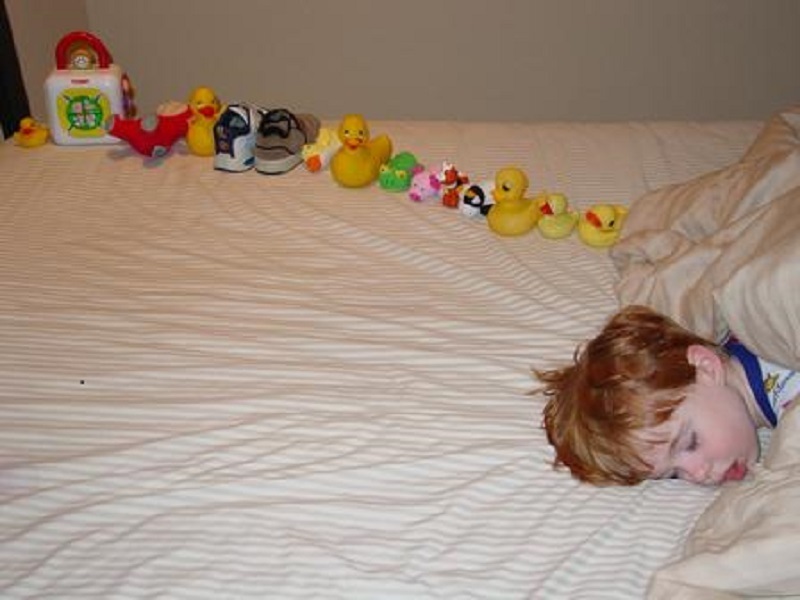 The child tries to order everything around by laying out the toys
The child tries to order everything around by laying out the toys - The third group is - the children set certain contactsAssortments with people and the world, but they can not objectively perceive situations that arise. Often they have conflicts, can not feel the state of another and do not understand the hidden ambiguity of words. In general, children who are classified as the third group of autism, rather active
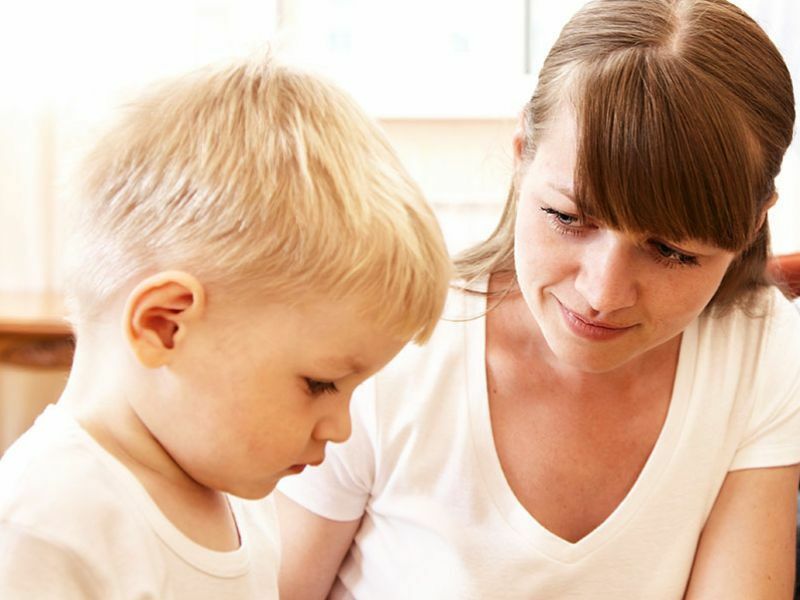 Children with autism often do not have close trust relationships even with the mother
Children with autism often do not have close trust relationships even with the mother - The fourth group of is the easiest form of autism. The child communicates with others, shows interest in various activities and objects, but with the slightest grudge or conflict, he withdraws into himself and closes. This degree of disorder is most successfully adjusted and, after a series of activities, the child almost completely adapts to the social environment of
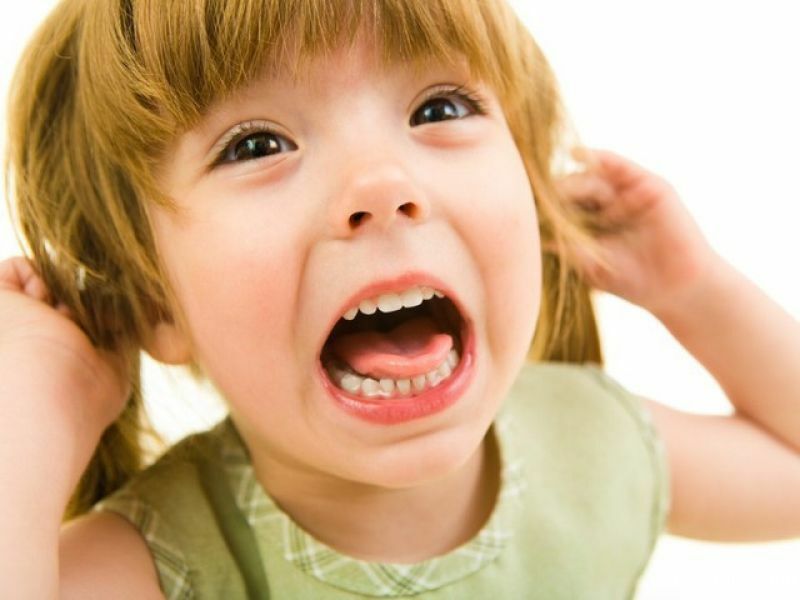 . In autism, the child is aggressive and often angry if something does not work.
. In autism, the child is aggressive and often angry if something does not work. It is characteristic that the more severe the degree of autism in a child, the earlier it can bedetermine the child's certain deviations and make adjustments.
How to recognize autism in a child? Behavior of a child with autism
In children under one year, it is very difficult to identify such a disorder as autism.
This is due to the very nature of the violation: the child's brain is unable to simultaneously focus on several forms of perception of the world and combine them together , that is, if the child listens to music he can not simultaneously view the toy or perceive the cartoon as a whole image having both sound andvisual picture.
Since the behavior of babies can not always be established by listening to a child saying that or at this time simply considering everything around, the criterion of simultaneous perception can not help in diagnosing autism.
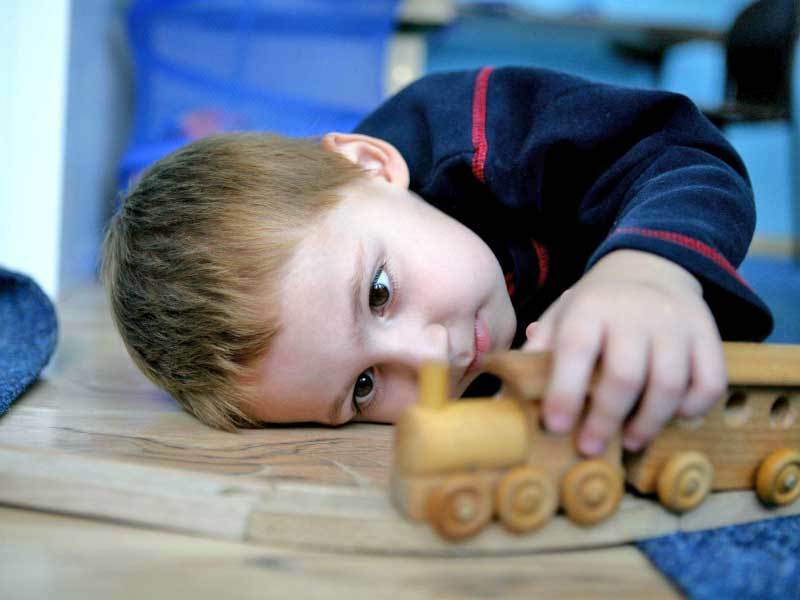 A focus on an action or object is one of the signs of autism
A focus on an action or object is one of the signs of autism Autistic signs of
Despite the early age features, a watchful mom will be able to notice some features of the baby's behavior that together indicate the presence of autism:
- the baby does not look at faces, does not tryconsider the features, and a great interest in toys
- in the presence of a weak third-party sound shudders and frightened, while with more significant harsh noise it remains unperturbed
- the child does not ask for parents in his arms, behaves stiffly even in the arms of the mother or, conversely, is too attached to the mother
 Sometimes the mother becomes the only person that the child admits to her
Sometimes the mother becomes the only person that the child admits to her - does not react to the movements of people and does not perceive facial expressions, notresponds with a smile to a smile or shows a backlash( for example, when the mother smiles or laughs he can cry in response)
- crumbs start to make out any sounds late, and when he does begin to pronounce certain syllables, he does it without the yingonatsii
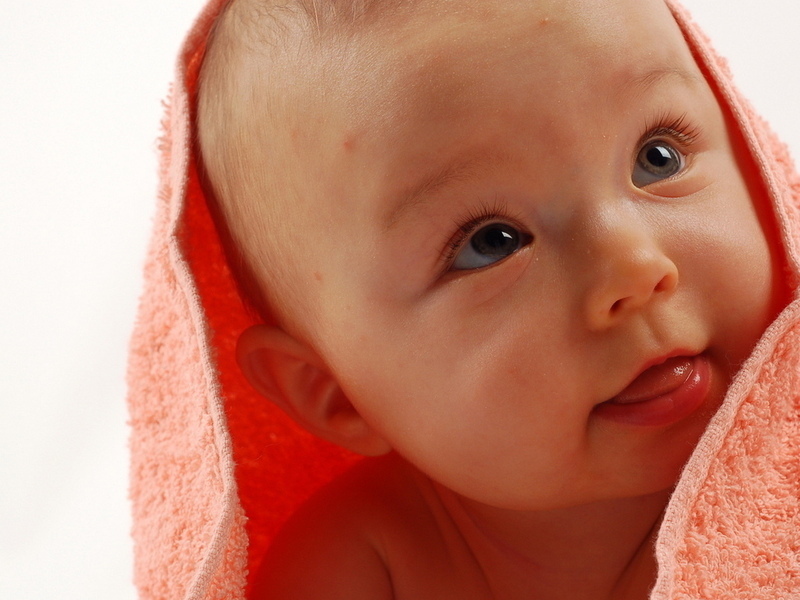 diagnose autism in a child up to a year is very difficult
diagnose autism in a child up to a year is very difficult If you notice a child under one year such displays - do not rush to conclusions. Share your observations with the district pediatrician or neurologist. Perhaps the symptoms you have identified are just an individual characteristic of the child.
Video: Autism. One day of another life
Autism symptoms in children under 3 years old
At an older age, other indicators appear that are characteristic of autistic children:
- impaired interaction with people and closedness, reluctance to contact others
- focus on one subject
- stereotypeactions( long paging of the book, on / off of light)
- desire to order objects in a certain system( the child can lay out toys in a certain sequence, by the sizey or color)
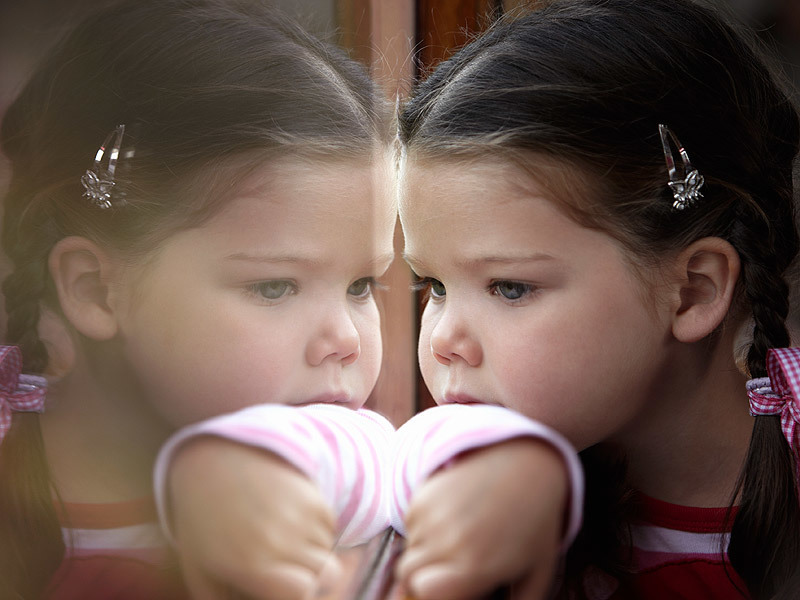 Autistics prefer loneliness
Autistics prefer loneliness - repetitive movements, strange strokes, bouncing or reeling in place
- speech development problems: the child may not speak at all or speak a few words, using them out of place and with an incorrect intonation
- propensity to loneliness, phlegmatic
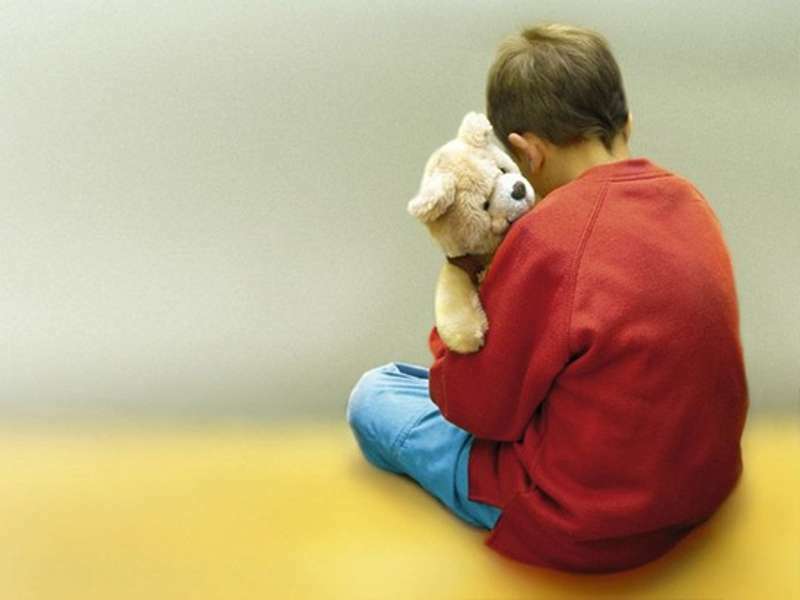 Closeness of the child can be its individual trait
Closeness of the child can be its individual trait Each child is individual in his development and some symptoms of autism may not be manifested, and in return they may arise anothers behaviors. Experts who study the problem of autism say that three indicators are indicative for diagnosis:
- Lack of aspiration for social interaction
- Atypical or problem communication of the child with adults and children
- Limited range of interests and stereotyped action
Video: Autism. Manifestations of
Diagnosis of autism in children
The diagnosis of "autism" is a complex procedure that requires a lot of research and tests. In order to diagnose a child who is suspected of having this serious disorder, a verdict of the commission is required, consisting of:
- pediatrician
- speech therapist
- neurologist
- psychologist
- psychiatrist
 Only a series of studies can give the right to diagnose "autism"
Only a series of studies can give the right to diagnose "autism" In addition,a number of studies, such as an electroencephalogram, brain MRI, dopplerography of vessels and a number of consultations of narrow specialists.
These events will not show whether the child is an autistic, but they are effective in case the strangeness of the child's behavior is caused by other diseases that have no relation to autism.
Features of development of children with autism
Most children who are diagnosed with autism can not adapt to independent life and have a low level of intelligence, lag far behind in development. But among them there are also children with an average level of mental abilities and even high. Typically, gifted autistic children have talents and unusual abilities - they can be outstanding mathematicians, but in most cases are incapable of self-serving their needs.
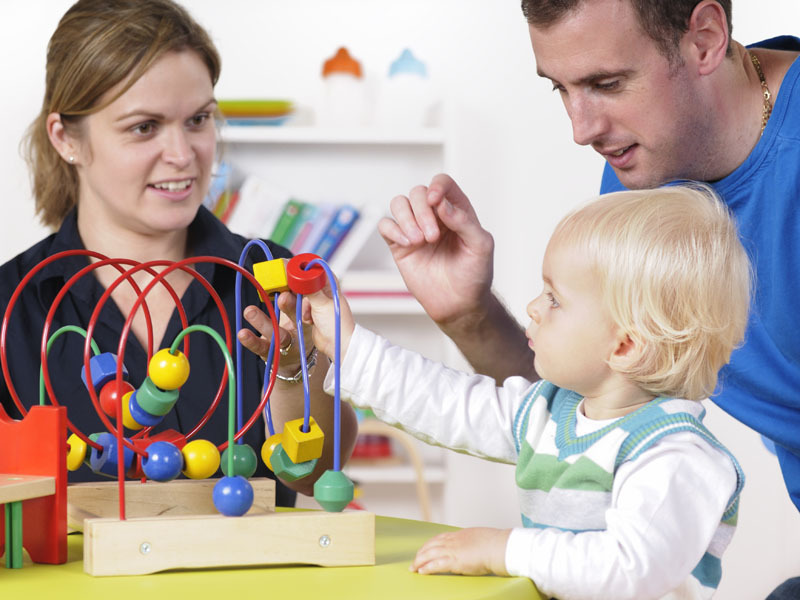 Children with autism can be very capable and intelligent
Children with autism can be very capable and intelligent Some children with this diagnosis develop well, and at some point, rapid regress begins, to the point that the child loses most of the skills. After a while, the lost skills return again, but this is a temporary phenomenon.
Teaching and educating a child with autism
Since autism can not be cured, the main method of dealing with it can only be a correction. The development of basic skills in children with autism is a complex process that requires parents to commit themselves. If ordinary children can learn new imitating adults, then the autistic child does not try to inherit anyone, because he does not observe the behavior of others. The process of teaching even elementary living skills in children diagnosed with autism is associated with overcoming the barrier that the child is building around him, and the fears that all new things are for the baby.
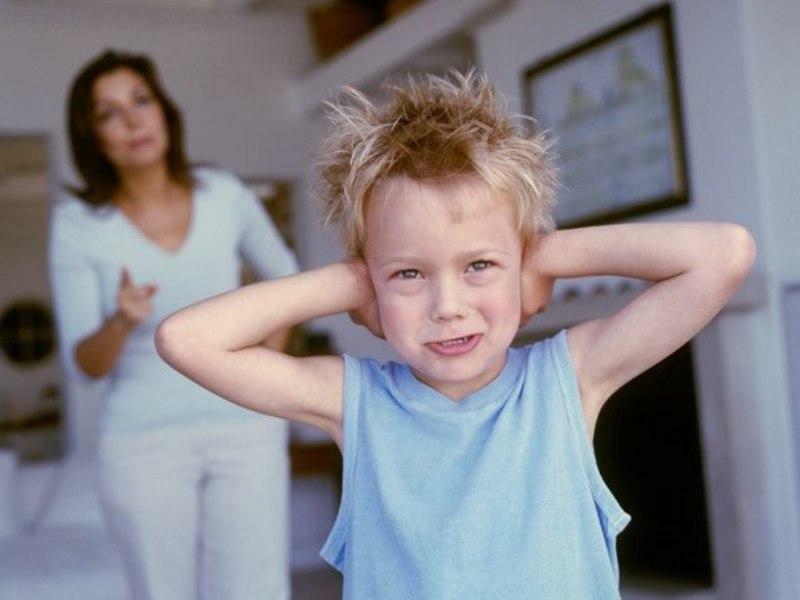 The adaptation of the child
The adaptation of the child depends on the efforts of the parents. The difficulty in the upbringing of the autistic child is also the fact that once encountering a failure, he does not want to repeat the action again, starting to be angry and capricious. It is important for parents to create an atmosphere of success around their child, to show that everything he does turns out to be praised and encouraged.
Try together with your child to overcome his fears, talk about everything unknown and frightening and he will trust you and actively explore the world with your help.
Autism in adolescence
Adolescence is the most difficult period in the life of an autistic child. At a time when peers are beginning to actively establish relationships, contact with each other and strive to achieve something in life, the autist begins to fully experience his difference from others and his own characteristics. This provokes constant stress, nervous tension, which can serve to aggravate the problem.
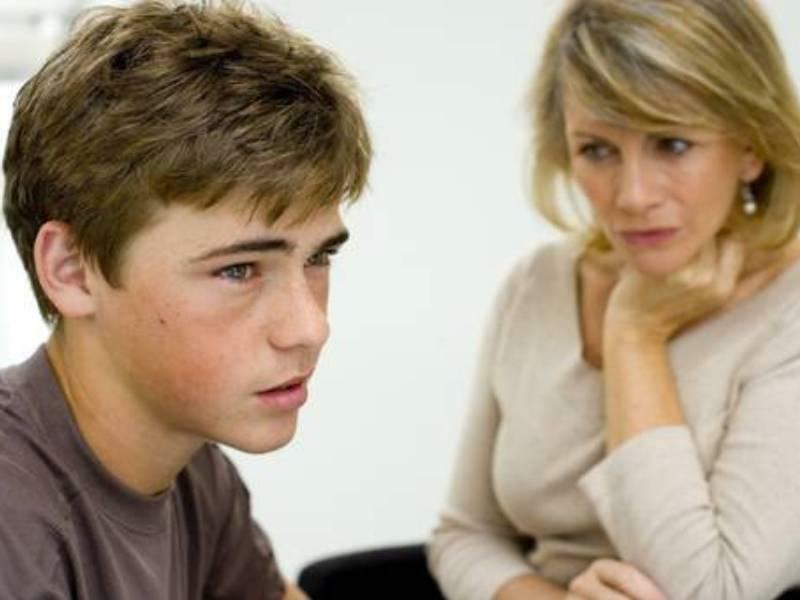 Adolescence - a crisis period for children with autism
Adolescence - a crisis period for children with autism The autistic child begins to become more isolated, to reject the world around him, or, on the contrary, to strive for more, overcome his non-contactness and interact with the society.
Rehabilitation of children with autism. Is childhood autism treated?
If your child is diagnosed with "autism", you should realize this and be patient and patient, because there is no method of cure for this condition. Although autism can not be cured, it does not mean that you do not need to struggle with it - thanks to correction and the efforts of parents, you can significantly improve the condition of the child and adapt to the social environment.
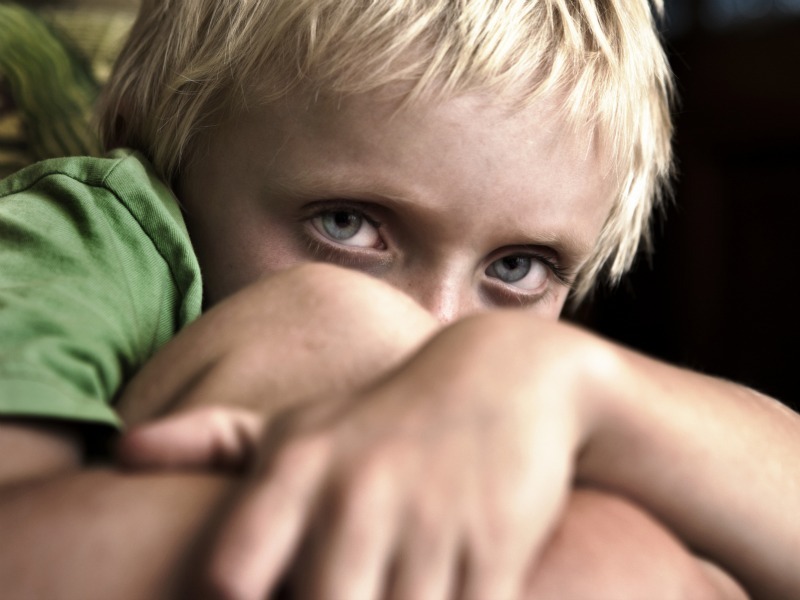 There is no medicine for autism except for the care and love of the parents.
There is no medicine for autism except for the care and love of the parents. Physical exercises, some medications, special diet, developmental games and even dolphinarium exercises are of great importance in the rehabilitation of an autistic child. There are entire programs developed by specialists who are called upon to improve the condition of children, make them socially active and teach them how to interact with the world around them.
How to raise a child with autism: advice and feedback
Parents who have faced the problem of autism, despite the status of incurable condition, are urged to fight it. Many of them, with maximum effort, carrying out the orders of doctors, psychologists, and speech therapists were able to achieve remarkable results, make their crumbs social creatures, get them out of their shells and the fortress of alienation.
The main thing is not to give up and not to put up with the diagnosis, but to fight for the health of the child, knock on all doors and look for specialists who will give at least a small, but a chance to improve the condition.
